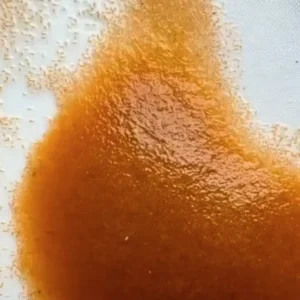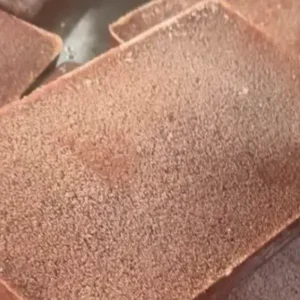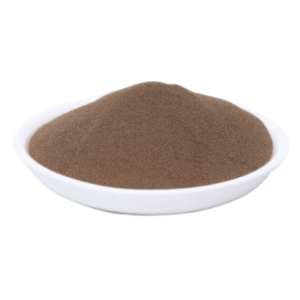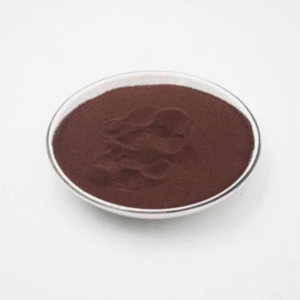Description
Decapsulated artemia cysts are abundant artemia cysts that have undergone chemical treatment to remove their shells. They are commonly used as open feed for fish larvae and have the characteristics of easy preservation and low cost.
Production method
Decapsulated artemia cysts are corroded by chemical agents such as sodium hypochlorite and bleach to preserve the yolk. The size of the processed cyst is about 200-300 microns and can be fed directly or stored in refrigeration.
Key points for purchasing
Color: Normal decapsulated artemia cysts are naturally orange red in color. If the color is too dark, it may contain sulfur fumigation, while if it is too light, it may be bleached.
Odor: Qualified products have a slight fishy smell, and the irritating odor may be due to anti-corrosion treatment.
Stability: It is not easy to loosen and sink when soaked in water, and the quality of products that dissolve quickly is poor.





